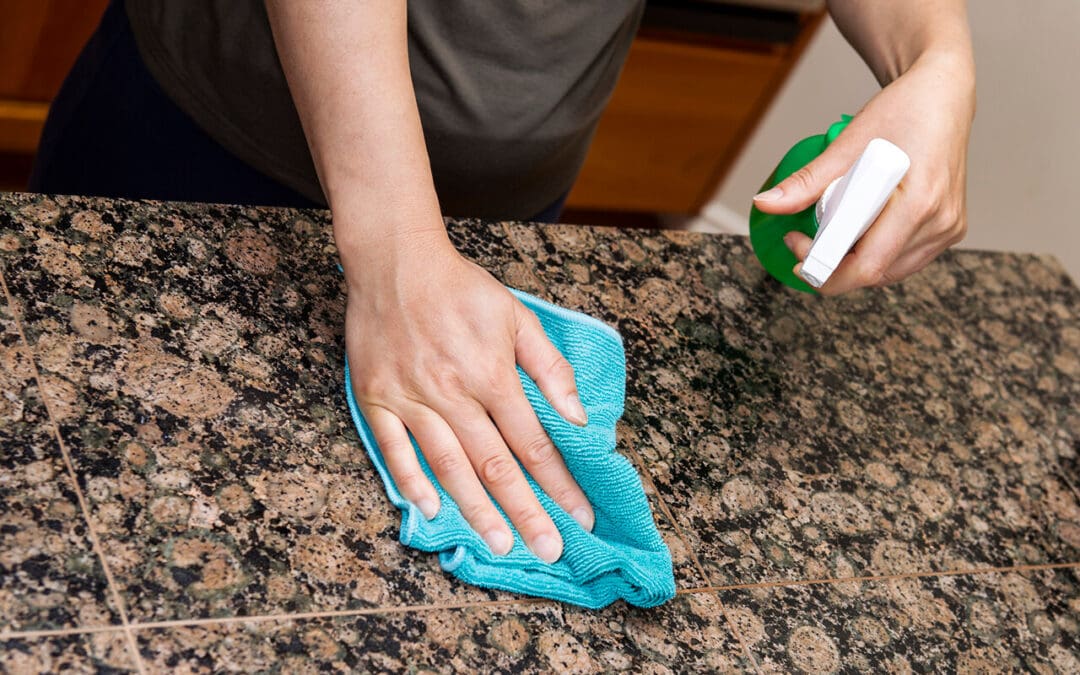We invest in creating a safe retreat, but unfortunately, unwelcome chemicals in your home may lurk beneath the surface.. They are found in everything from the paint on your walls to the air freshener plugged into your outlet. As homeowners, being aware of these potential pollutants is the first step toward creating a healthy living environment for your family.
Identifying the Sources of Chemicals in Your Home
Many people assume the primary source of chemicals in your home must be industrial, but often, the most significant contributors are everyday items and materials. Volatile Organic Compounds (VOCs) are perhaps the most widespread culprits. These carbon-containing compounds vaporize easily at room temperature and are found in paints, varnishes, cleaning supplies, and even new furnishings like carpets and particle board furniture. Over time, exposure to high levels of VOCs could cause headaches, dizziness, and long-term health issues. When shopping for materials or paint, prioritizing low-VOC or zero-VOC products is crucial.
Cleaning Products are another major offender. Ingredients like ammonia, chlorine bleach, and phthalates (often hidden in synthetic “fragrances”) contribute to poor indoor air quality and may trigger respiratory problems. Switching to simple, natural solutions like vinegar, baking soda, and plant-based, scent-free cleaners dramatically reduces the chemical load in your home.
While used outdoors, pesticides and herbicides could be tracked inside on shoes and clothing or brought in through air vents, lingering on carpets and surfaces. Be mindful of outdoor chemical use and practice strict control over what chemicals are brought into your home, especially on shoes and gardening equipment.
Mitigating Risk Through Smart Ventilation
Once you’ve identified the sources of chemicals in your home, the next, most effective defense is managing the air itself. Ventilation is your number one tool. Make it a habit to open windows for at least ten minutes every day, creating a cross-breeze to flush out stale air and reduce the concentration of lingering chemicals. Air filtration provides a complementary defense. Upgrade your central HVAC system filter to a higher Minimum Efficiency Reporting Value (MERV) rating, the higher the MERV rating your system can handle, the more effectively it captures microscopic airborne particles, including dust that carries chemical residue. Consider an air purifier with a high-efficiency particulate air (HEPA) filter and an activated carbon filter, which specifically adsorbs gaseous chemicals in your home like VOCs, providing an extra layer of protection in bedrooms and living areas.
The Importance of Monitoring and Testing for Chemicals in Your Home
While you can smell some chemicals, many of the most dangerous, like radon or trace heavy metals in water, are completely undetectable by human senses. Radon testing is non-negotiable for homeowners. Radon is an invisible, odorless radioactive gas that enters homes through cracks in the foundation and is a leading cause of lung cancer for non-smokers.
Water testing is also essential. Even if you are on a municipal system, water quality could be affected by old pipes, leading to leaching of lead or copper. For private well owners, testing for bacteria, nitrates, and other local pollutants should be an annual routine. Knowing precisely what is present in your water allows you to choose the correct filtration system, guaranteeing safe drinking water directly from the tap. Professional lab testing offers the confidence and precision needed for effective treatment planning.
Managing New Materials and Appliance Usage
When introducing new materials or using common household appliances, a little extra care goes a long way in minimizing the presence of chemicals in your home. Always choose materials with full ingredient transparency. If you are buying new furniture, flooring, or cabinets, look for labels that indicate low or zero-VOC emissions, and try to air out new items in a garage or well-ventilated space before bringing them inside. This process, known as off-gassing, is where materials release trapped chemicals into the air.
For appliances, ensure that gas stoves and heating units are professionally serviced regularly to prevent leaks of carbon monoxide and other combustion byproducts. This guarantees your home is a truly safe and healthy retreat.
Frequently Asked Questions (FAQs)
Are air purifiers effective at removing chemicals?
Yes, if they contain the right type of filter. HEPA filters are excellent for trapping particulate matter (like dust and allergens), but a carbon filter is necessary to adsorb gaseous pollutants and chemical vapors that are often found in your home.
How do I properly dispose of hazardous cleaning chemicals?
Never pour hazardous chemicals down the drain or put them in regular trash. Look up your local municipal guidelines for household hazardous waste (HHW) disposal. This prevents environmental contamination and protects waste workers.
Are natural cleaners always chemical-free?
No. While natural cleaners are often better than conventional ones, all substances are technically chemicals. The goal is to avoid harmful chemicals. Always look for full ingredient transparency to guarantee they are free of things like phthalates or synthetic fragrances.
How quickly do VOCs dissipate after painting or new installations?
VOCs off-gas most intensely immediately following installation, but the process could continue for months or even years. Running fans and keeping windows open during and after the work helps drastically speed up the initial dissipation process.
The Property Inspection Pros provides home inspection services in the San Diego area. Contact us to schedule an inspection today!

